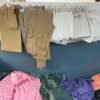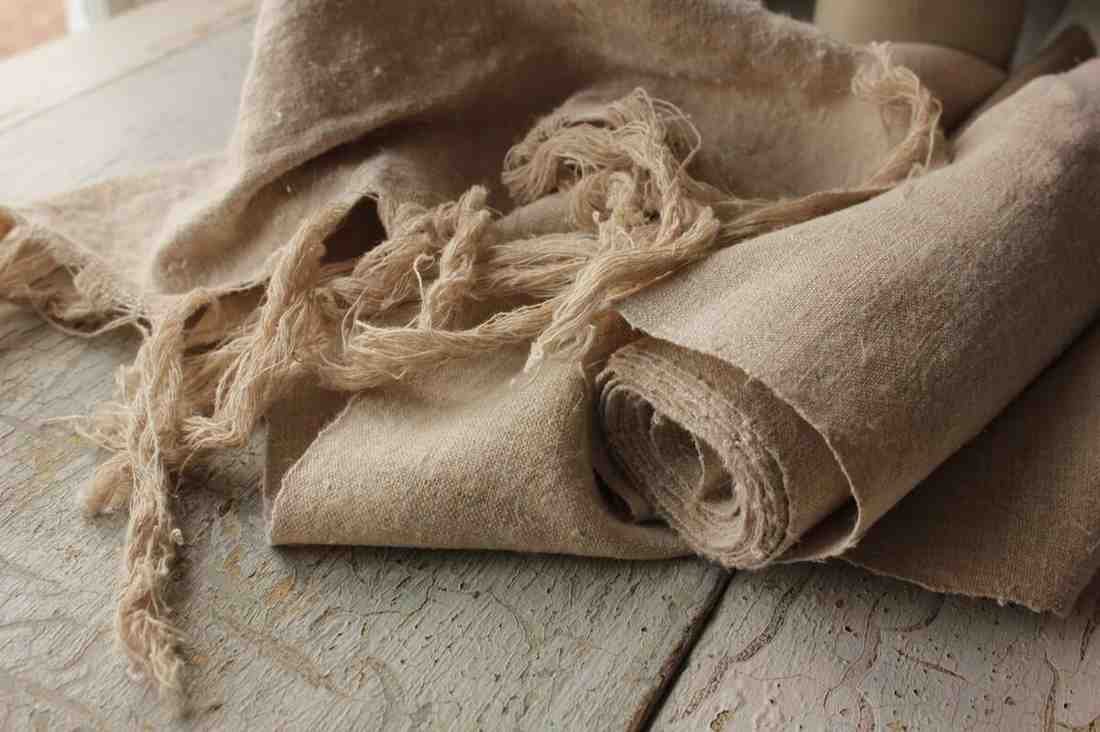How Hemp Fabric is Revolutionizing the Textile Industry
The fashion industry is undergoing a significant shift towards sustainability, and hemp fabric is at the forefront of this revolution. As consumers become more environmentally conscious, traditional fabrics like cotton and synthetic fibers are being replaced by sustainable hemp fabrics. This natural textile not only offers durability and comfort but also has a minimal ecological footprint. At Echoearth, we believe in promoting hemp fashion as a sustainable alternative to conventional fabrics. Hemp fabric is biodegradable, requires less water to grow, and enriches the soil rather than depleting it. This makes it an ideal choice for eco-conscious brands and consumers looking to reduce their environmental impact. 1. The Sustainability Factor of Hemp Fabric One of the biggest advantages of hemp fabric is its sustainability. Unlike cotton, which requires vast amounts of water and pesticides, hemp grows naturally with minimal resources. It thrives without the need for chemical fertilizers, making it an environmentally friendly crop. Additionally, sustainable hemp fabrics are biodegradable, meaning they decompose naturally without polluting the environment. This makes hemp an excellent choice for those who prioritize ethical and sustainable fashion. Choosing hemp fashion helps reduce the waste generated by synthetic fabrics, which often end up in landfills. 2. Hemp Fabric’s Role in Reducing Water Consumption Water scarcity is a growing global concern, and the textile industry is one of the largest consumers of freshwater. Cotton, for instance, requires thousands of liters of water for cultivation and processing. In contrast, hemp grows with significantly less water, making it a more sustainable option. By switching to hemp fabric, fashion brands can drastically cut down their water usage and contribute to water conservation efforts. At Echoearth, we prioritize using sustainable hemp fabrics to ensure that fashion production does not come at the cost of the planet’s precious resources. 3. The Durability and Longevity of Hemp Fabric One of the key reasons why hemp fashion is gaining popularity is its durability. Hemp fibers are stronger than cotton, making clothing and textiles last longer. This reduces the need for frequent replacements, ultimately decreasing textile waste. Additionally, hemp fabric becomes softer with each wash while maintaining its strength. Consumers who invest in sustainable hemp fabrics can enjoy high-quality products that stand the test of time. This shift towards long-lasting fashion promotes sustainability by reducing excessive consumption. 4. Hemp Fabric’s Breathability and Comfort Comfort is a major factor in clothing choices, and hemp fabric excels in this area. It is naturally breathable, allowing air to circulate and keeping the body cool in warm climates. This makes it an excellent choice for summer wear and activewear. Moreover, sustainable hemp fabrics have moisture-wicking properties, absorbing sweat and preventing bacterial growth. This makes hemp fashion ideal for people looking for stylish yet functional clothing. At Echoearth, we ensure that our hemp textiles provide maximum comfort while remaining eco-friendly. 5. Hemp Fabric’s Antimicrobial and Hypoallergenic Properties Hemp has natural antimicrobial and hypoallergenic properties, making it a healthier choice for both people and the environment. Unlike synthetic fabrics that can trap bacteria and cause skin irritations, hemp fabric resists mold and bacteria growth. For individuals with sensitive skin or allergies, sustainable hemp fabrics offer a gentle alternative. Hemp fashion is free from harsh chemicals, reducing the risk of skin reactions. This makes hemp clothing not only sustainable but also beneficial for personal well-being. 6. The Impact of Hemp on Regenerative Agriculture Hemp is not just sustainable—it actively improves the environment. It is a regenerative crop that enhances soil health, preventing erosion and absorbing CO₂ from the atmosphere. Compared to cotton, which depletes soil nutrients, hemp enriches the land for future crops. This means that large-scale adoption of hemp fabric can contribute to a more sustainable agricultural system. At Echoearth, we support regenerative farming practices to ensure that the production of sustainable hemp fabrics benefits both the planet and the people. 7. Hemp Fashion and Its Growing Popularity As eco-conscious consumers demand more sustainable options, hemp fashion is becoming a major trend in the textile industry. Leading designers and brands are incorporating sustainable hemp fabrics into their collections, proving that eco-friendly clothing can also be stylish and trendy. From everyday wear to high-end couture, hemp fabric is making its mark in the fashion world. Consumers are now more aware of the environmental impact of their choices and are actively seeking sustainable alternatives like hemp fashion. 8. Challenges and the Future of Hemp Fabric Despite its many advantages, hemp fabric still faces some challenges in widespread adoption. Legal restrictions on hemp cultivation in certain countries have slowed its mainstream acceptance. Additionally, the cost of hemp textiles is currently higher due to limited production facilities. However, as awareness grows and technology advances, sustainable hemp fabrics will become more affordable and accessible. Innovations in textile processing are making hemp softer and more versatile, paving the way for its expansion in the global fashion market. 9. How Echoearth is Promoting Sustainable Hemp Fabrics At Echoearth, we are committed to promoting hemp fabric as a sustainable alternative in the textile industry. We work with ethical suppliers and eco-friendly manufacturers to create high-quality sustainable hemp fabrics that meet modern fashion demands. Our mission is to educate consumers about the benefits of hemp fashion and encourage a shift towards responsible consumption. By choosing Echoearth, customers support an environmentally friendly future while enjoying stylish, durable, and comfortable clothing. Conclusion The shift towards sustainable hemp fabrics is transforming the textile industry, offering an eco-friendly solution to the problems caused by conventional fabrics. From reducing water consumption to improving soil health, hemp fabric is paving the way for a greener future. With the rise of hemp fashion, consumers now have the power to make sustainable choices without compromising on quality or style. At Echoearth, we believe in leading this change by providing ethical and high-quality hemp fabric products. Join us in revolutionizing fashion—one sustainable choice at a time!





